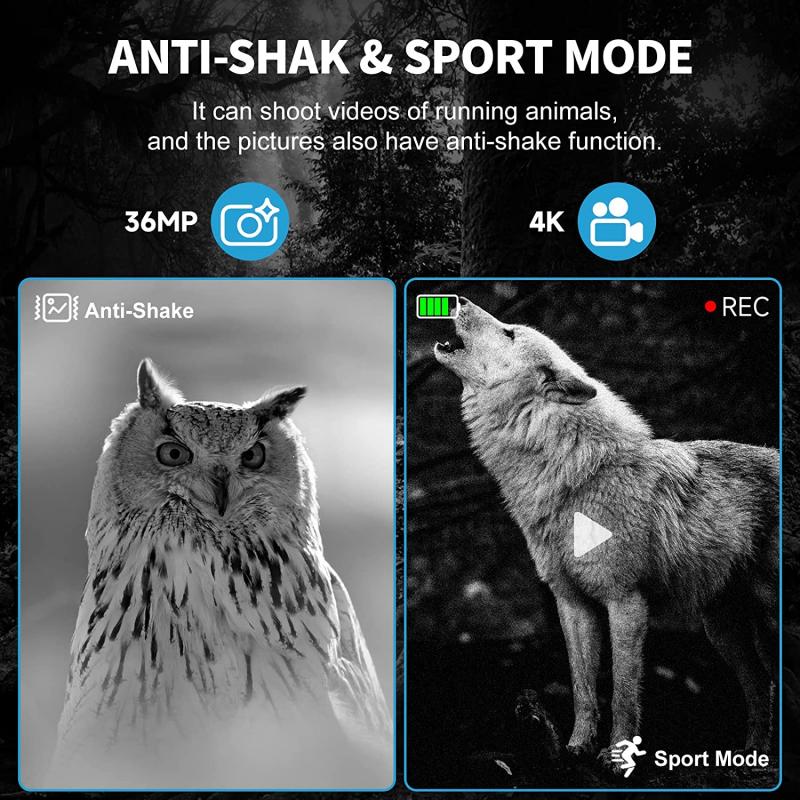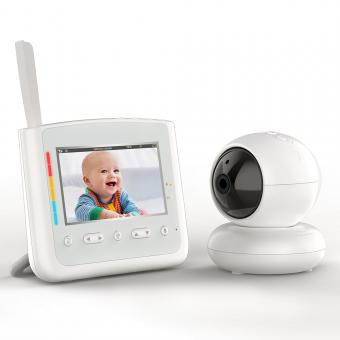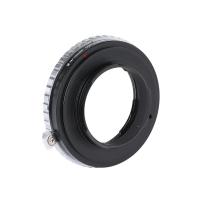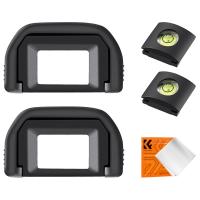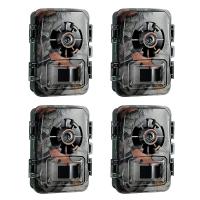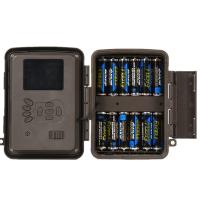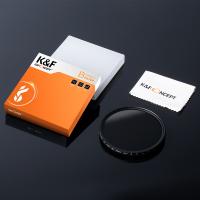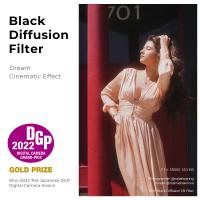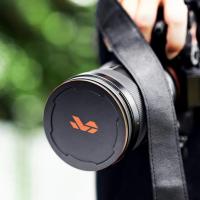What's The Best Binoculars ?
The best binoculars depend on the specific needs and preferences of the user. Factors to consider include the intended use (e.g., birdwatching, stargazing, hunting), magnification power, lens quality, field of view, durability, and budget. Some popular and highly regarded binocular brands include Nikon, Zeiss, Swarovski, and Leica. It is recommended to read reviews, compare specifications, and try out different models before making a purchase to ensure the best fit for individual requirements.
1、 Optical Power and Magnification
The best binoculars in terms of optical power and magnification depend on the specific needs and preferences of the user. However, there are a few top contenders that consistently receive high praise from experts and users alike.
One of the leading binoculars in terms of optical power is the Swarovski EL Range. With its exceptional image quality and impressive magnification capabilities, it is a favorite among birdwatchers, hunters, and outdoor enthusiasts. The EL Range offers a magnification range of 8x to 12x, allowing for detailed observations even at long distances. Its high-quality optics and advanced coatings ensure excellent clarity and brightness, even in low-light conditions.
Another top contender is the Zeiss Victory SF binoculars. Known for their exceptional optical performance, these binoculars offer a wide field of view and excellent image sharpness. The Victory SF series features a magnification range of 8x to 12x, providing versatility for various applications. The binoculars are also lightweight and ergonomically designed, making them comfortable to use for extended periods.
In terms of the latest point of view, technological advancements have led to the development of binoculars with even higher optical power and magnification. For example, the Nikon Monarch HG binoculars offer a magnification range of 8x to 16x, providing users with the ability to zoom in on distant objects with incredible detail. These binoculars also feature advanced lens coatings and a wide field of view, ensuring a superior viewing experience.
Ultimately, the best binoculars in terms of optical power and magnification will depend on individual preferences, budget, and specific use cases. It is recommended to try out different models and consult expert reviews to find the perfect binoculars for your needs.
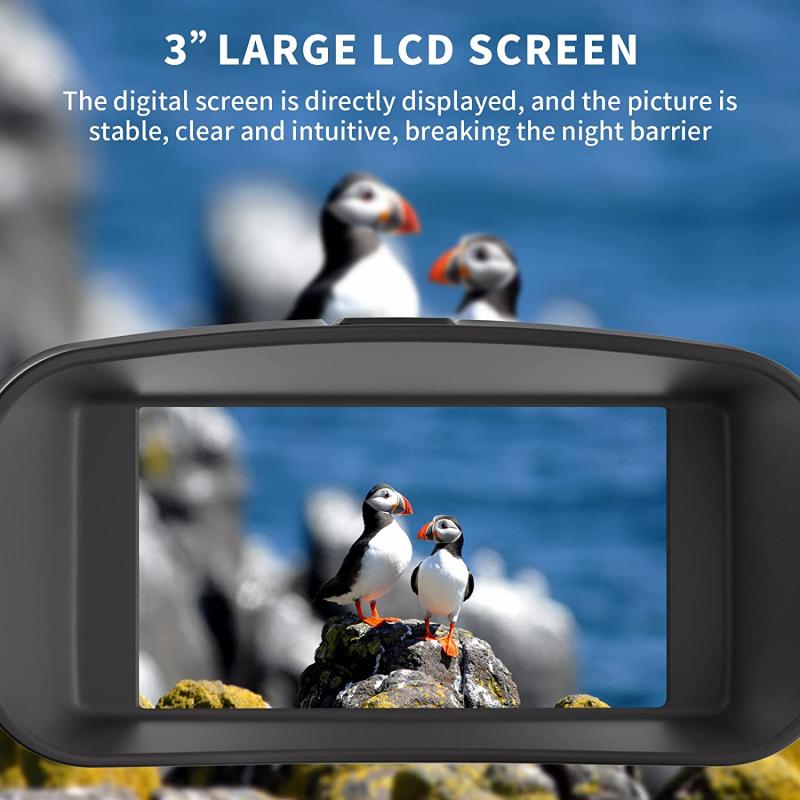
2、 Lens Diameter and Light Gathering Capacity
When it comes to determining the best binoculars, two important factors to consider are lens diameter and light gathering capacity.
Lens diameter refers to the size of the objective lenses, which are the ones farthest from your eyes. The larger the lens diameter, the more light can enter the binoculars, resulting in brighter and clearer images. Generally, binoculars with larger lens diameters are preferred for low-light conditions, such as birdwatching at dawn or dusk. However, larger lenses also mean heavier and bulkier binoculars, which may not be ideal for all users.
Light gathering capacity is closely related to lens diameter. It refers to the ability of the binoculars to collect and transmit light to your eyes. Binoculars with higher light gathering capacity can provide better visibility in dimly lit environments. This is particularly important for activities like stargazing or wildlife observation in forests.
The best binoculars in terms of lens diameter and light gathering capacity will depend on the specific needs and preferences of the user. For example, if you are an avid birdwatcher who often ventures out during low-light conditions, you may want to consider binoculars with a larger lens diameter, such as 42mm or 50mm. On the other hand, if you prioritize portability and ease of use, you may opt for binoculars with a smaller lens diameter, such as 25mm or 32mm.
It is worth noting that advancements in lens technology have allowed manufacturers to produce binoculars with smaller lens diameters that still offer excellent light gathering capacity. Therefore, the latest point of view is that even binoculars with smaller lens diameters can provide impressive image quality and brightness.
Ultimately, the best binoculars for you will depend on your specific needs, budget, and personal preferences. It is recommended to try out different models and consult with experts or read reviews to find the perfect balance between lens diameter and light gathering capacity that suits your requirements.
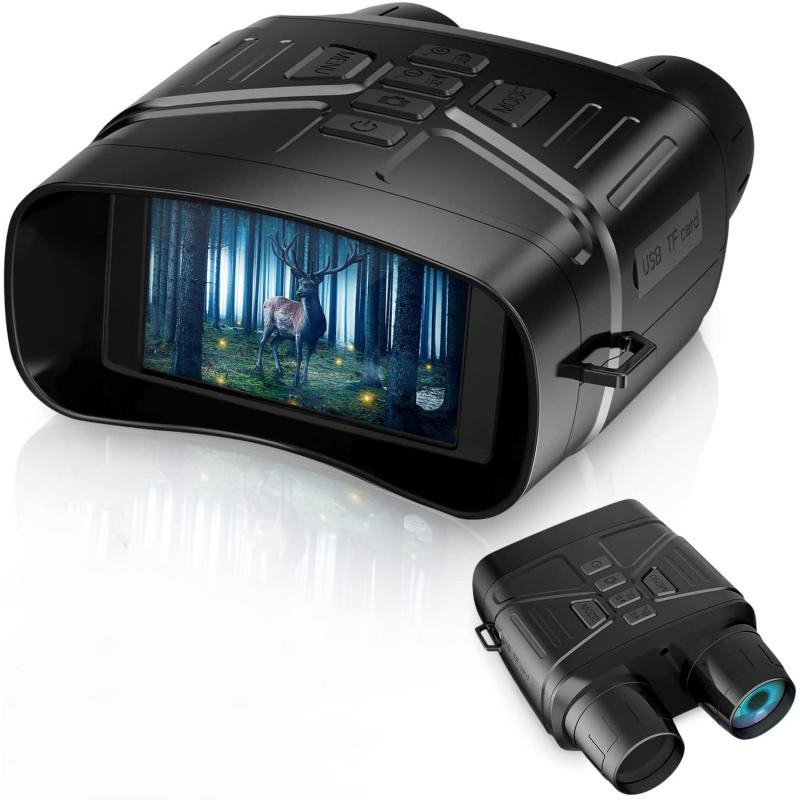
3、 Field of View and Image Stability
When it comes to choosing the best binoculars, two important factors to consider are field of view and image stability. These features greatly impact the overall viewing experience and can make a significant difference in various activities such as birdwatching, wildlife observation, or even stargazing.
Field of view refers to the width of the area that can be seen through the binoculars at a specific distance. A wider field of view allows you to observe a larger area, making it easier to track moving objects or scan a landscape. Binoculars with a wider field of view are generally preferred for activities that require quick and dynamic observations, such as birdwatching. However, it's important to note that a wider field of view may sometimes come at the expense of image quality, especially towards the edges of the view.
Image stability is another crucial aspect, particularly for activities that involve prolonged viewing or require steady hands. Binoculars with good image stability help reduce hand tremors and provide a clearer, more focused image. This is especially important when observing distant objects or during low-light conditions. Image stabilization technology, such as optical or electronic stabilization systems, can greatly enhance the stability of the image, allowing for a more enjoyable and comfortable viewing experience.
As for the latest point of view, advancements in technology have led to the development of binoculars with improved field of view and image stability. Manufacturers are constantly striving to enhance these features by incorporating innovative optical designs, high-quality lens coatings, and stabilization mechanisms. It is recommended to look for binoculars from reputable brands that offer a balance between field of view and image stability, ensuring a satisfying viewing experience.
Ultimately, the best binoculars for you will depend on your specific needs and preferences. It is advisable to try out different models and consider factors such as magnification, objective lens size, and overall build quality before making a decision.
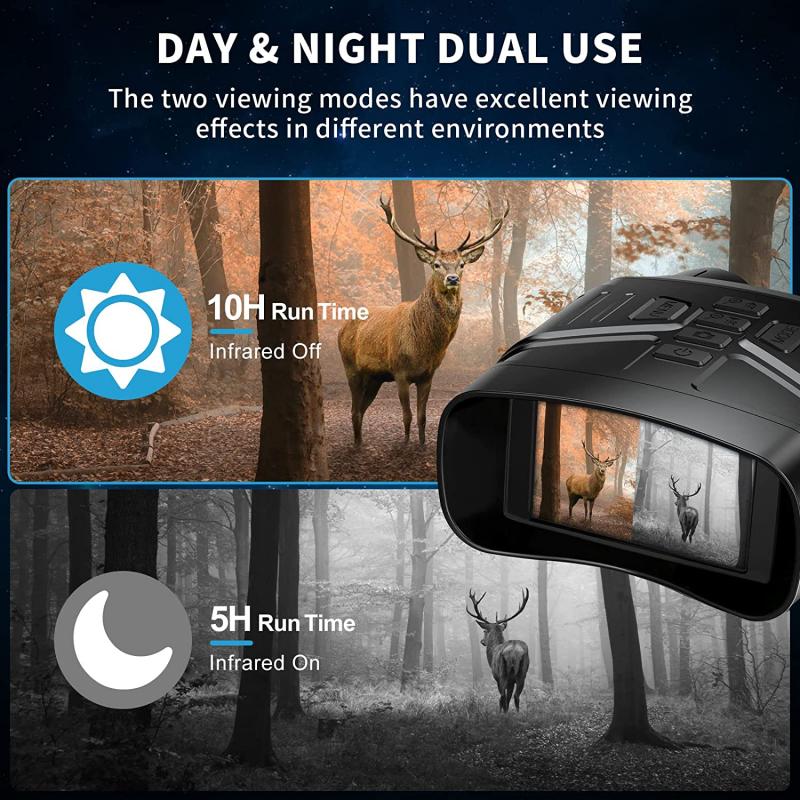
4、 Prism Type and Image Quality
When it comes to choosing the best binoculars, two important factors to consider are the prism type and image quality.
Prism Type: There are two main types of prisms used in binoculars - Porro prisms and roof prisms. Porro prisms offer better depth perception and wider field of view, making them ideal for activities like birdwatching or stargazing. On the other hand, roof prisms are more compact and lightweight, making them suitable for activities like hiking or traveling. Both prism types have their own advantages, so the choice depends on the specific needs and preferences of the user.
Image Quality: The image quality of binoculars is determined by factors such as lens quality, lens coatings, and magnification power. High-quality lenses with advanced coatings can enhance image clarity, brightness, and color accuracy. Additionally, a higher magnification power allows for better detail and closer observation. However, it's important to note that higher magnification can also result in a narrower field of view and reduced stability.
In terms of the latest point of view, advancements in technology have led to the development of binoculars with improved image quality. Manufacturers are now incorporating features like ED (Extra-low Dispersion) glass, phase correction coatings, and multi-coated lenses to minimize chromatic aberration and increase light transmission. These advancements have resulted in sharper, clearer, and more vibrant images.
Ultimately, the best binoculars for you will depend on your specific needs and preferences. It's recommended to try out different models and brands, considering factors like prism type and image quality, before making a decision.
